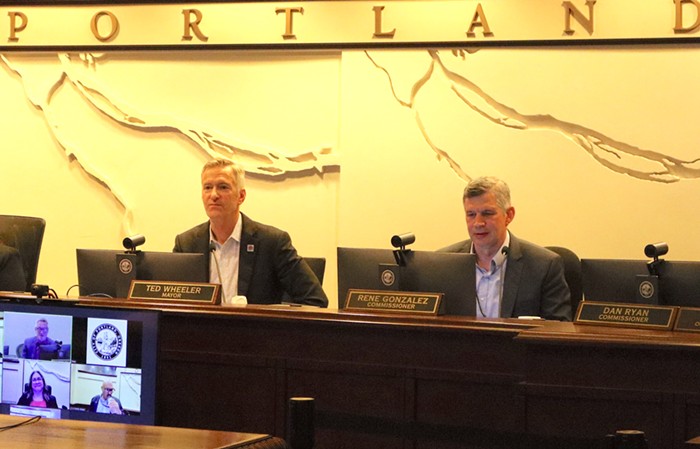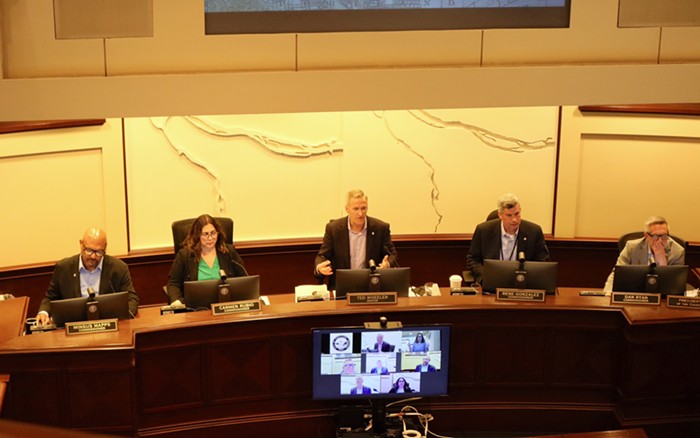In just a few minutes, the Portland City Council will open an hours-long hearing on a policy change that's already a fait accompli: the fluoridation of Portland's water. The hearing is such a big deal that, according to the Oregonian (which rents space from the city for an office on the first floor of city hall), crowds of would-be speakers started lining up this morning in hopes of hectoring the council.
We'll see how this thing goes. There are well-reasoned and smart people on both sides of the debate, but also some who, let's be honest, are neither. And I agree that it's worth having a good public discussion over the sped-up timetable now sought by Commissioner Randy Leonard and whether that's a blow to democracy or some dramatic thing like that.
But first, as a primer, I'd like to point everyone to an exhaustive FAQ that Mayor Sam Adams posted on his website earlier this week, explaining his decision to say "yes."
Here's a taste of the post's reasonableness:
“Where does fluoride come from, and how do we know it’s safe?”
Fluoride used in drinking water is tested for toxins, monitored, and certified annually. It must meet American Water Works Associaion (AWWA) and National Sanitation Foundation (NSF) standards for purity, which are stricter than pharmaceutical grade. The Environmental Protection Agency regulates fluoride additives in drinking water, and has had a Memorandum of Understanding with the Food & Drug Administration since 1979 recognizing this authority.
Fluoride is manufactured through a process that separates fluoride from phosphorite rock. Phosphorus is later used by the fertilizer industry for fertilizer. Fluoride is not a byproduct of fertilizer.
It's compelling. It actually shows he considered, and didn't dismiss, negative studies. And maybe it'll convince a few more people that fluoridation isn't the terrible thing opponents are making it out to be.
















